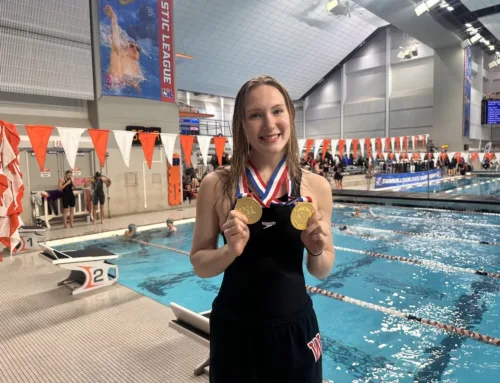It seems that almost every other day this summer, I have been asked, “What are you going to do with your kids this fall?”
This is top of mind for a lot of us, and because I’m a parent of school-aged children and work closely with Dallas ISD as the Dallas Education Foundation executive director, there seems to be an assumption that I have additional insight and know the right answer.
I suppose I can peer through a lens that many of my parental peers cannot, but as for the right answer, well, that’s a bit more complicated.
Now that summer is nearly over, we are forced to make a decision on whether our kids will start the 2020-2021 school year in person or virtually. The options I’ve seen discussed on social media range from traditional schooling, homeschooling, learning pods, transferring to another school system or taking a gap year. At the base level, the question is: “Learn in a school building or at home?”
For our family, the answer was obvious. With a child who is on medication that makes him immunocompromised, we are choosing distance learning.
For those who make similar choices, DISD is providing a computing device to every student through 12th grade, as well as hotspots for families that do not have reliable internet access at home. The district also established a technology framework over the summer to support distance learning this fall. Technology training for teachers was more extensive than what they received in the spring, so virtual instruction is expected to significantly improve this school year.
In all fairness, who knew at the beginning of last school year that we wouldn’t return after spring break?
We have friends who are emphatic that, if given the option, their children will be in the classroom on the first day, wearing a mask and a face shield and socializing with their peers. The district’s re-entry plan explains in detail the newly established safety and sanitation protocols.
The Centers for Disease Control and Prevention and the American Academy of Pediatrics state that children learn best when physically present in the classroom. Beyond academics, our kids learn social and emotional skills, as well as coping mechanisms, while at school. In addition, 86 percent of DISD students receive healthy meals at their campuses. Although counseling and mental health support can be done virtually, it’s best done face to face.
The inequities that exist within our school population have been made even more apparent during this time, with most studies showing achievement gaps have increased significantly since virtual learning began in the spring. In-person schooling is the ideal solution for getting our kids back on track.
Many families, like ours, have extenuating circumstances that dictate their choices. So many others are filled with uncertainty and angst because, at the end of the day, the decision between their children staying home or going to school is neither obvious nor easy.
So, what’s the right answer? It’s this: No matter what a family decides, we all must exhibit support and not pass judgment.
What is not often mentioned when we speak about the fall is, “What about the teachers, administrators, support staff, bus drivers, cafeteria workers, crossing guards or custodians? What do they want to do?”
I hope we will invest the time to imagine how difficult this school year will be for them. I will guess they’re not eager to spend a chunk of their day reminding students to wear a mask or adhere to social distancing rules. Nor do they want to be in an older school building that does not meet CDC-recommended guidelines for ventilation and air circulation. We have staff in our education ecosystem who are healthy and others who have underlying health conditions. I am certain they want to return to a regular school day for our kids’ sake, but these are crazy times.
Educators and adults in our schools need to be part of our collective conscious. If they must go back, we can help by relaying to our kids the additional burden our teachers have this year. We can remind our children every day to follow the rules, wash their hands and keep a safe distance from others. It won’t be perfect, but our teachers and others at school will need all the help they can get.
We’re all in this together.
Mita Havlick is neighborhood resident and Dallas Education Foundation director. Find her commentary regularly in the back pages of our print edition and online at lakewood.advocatemag.com.





